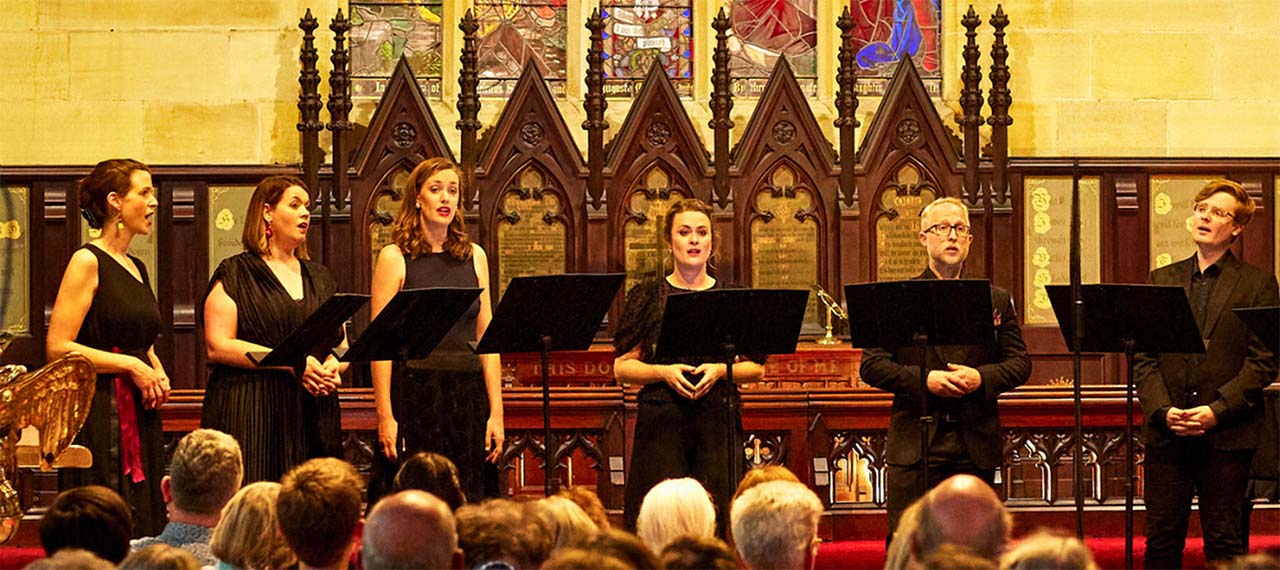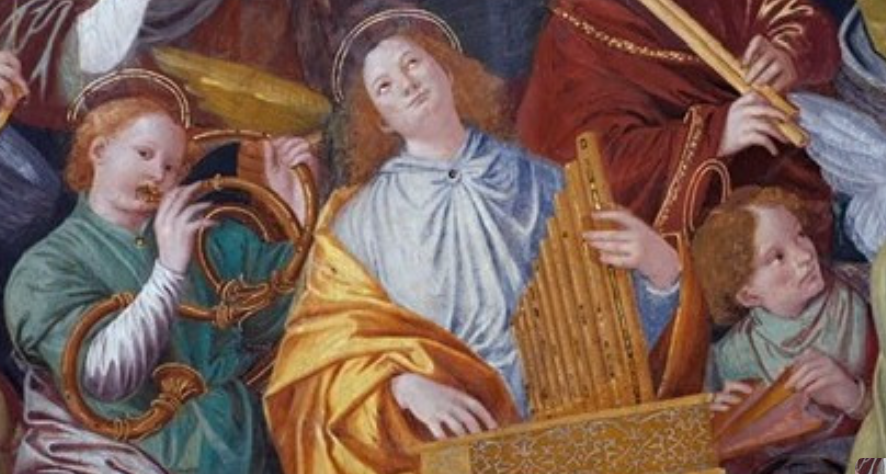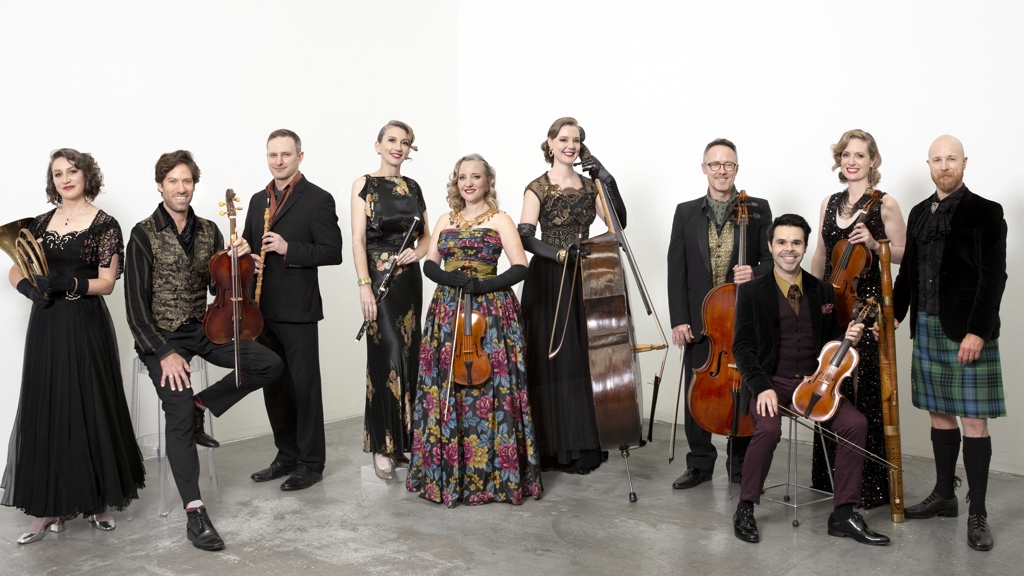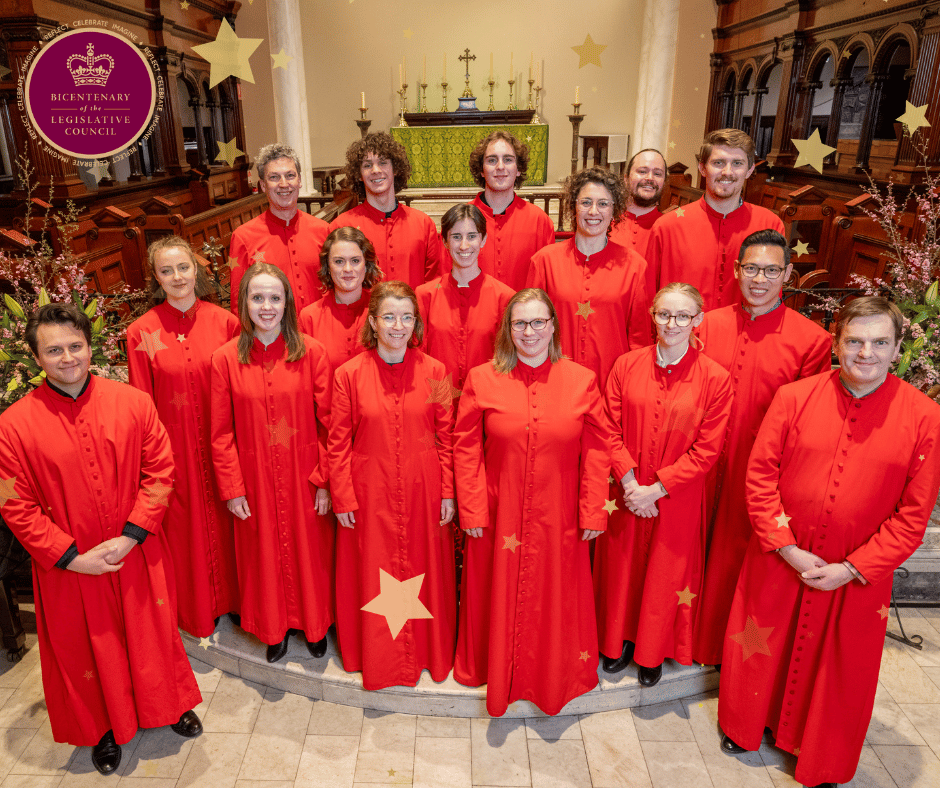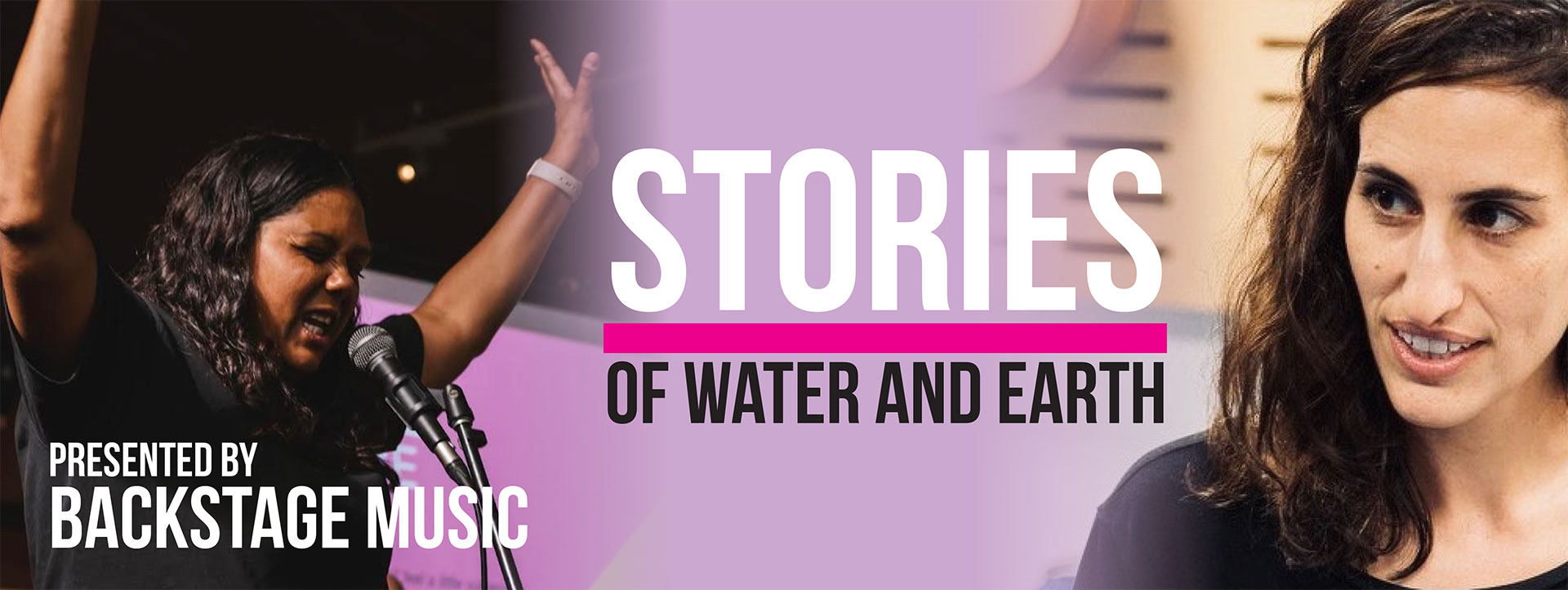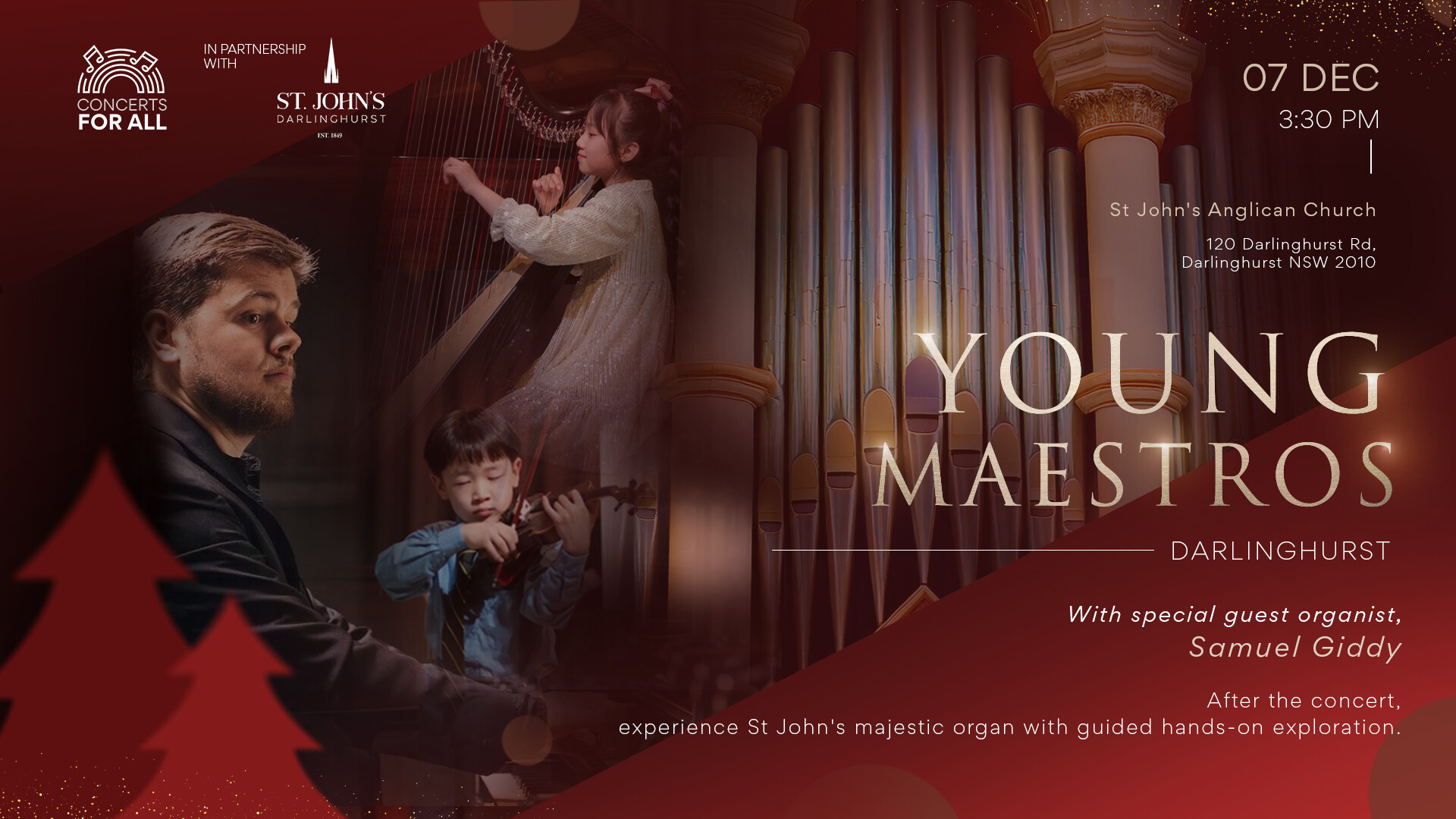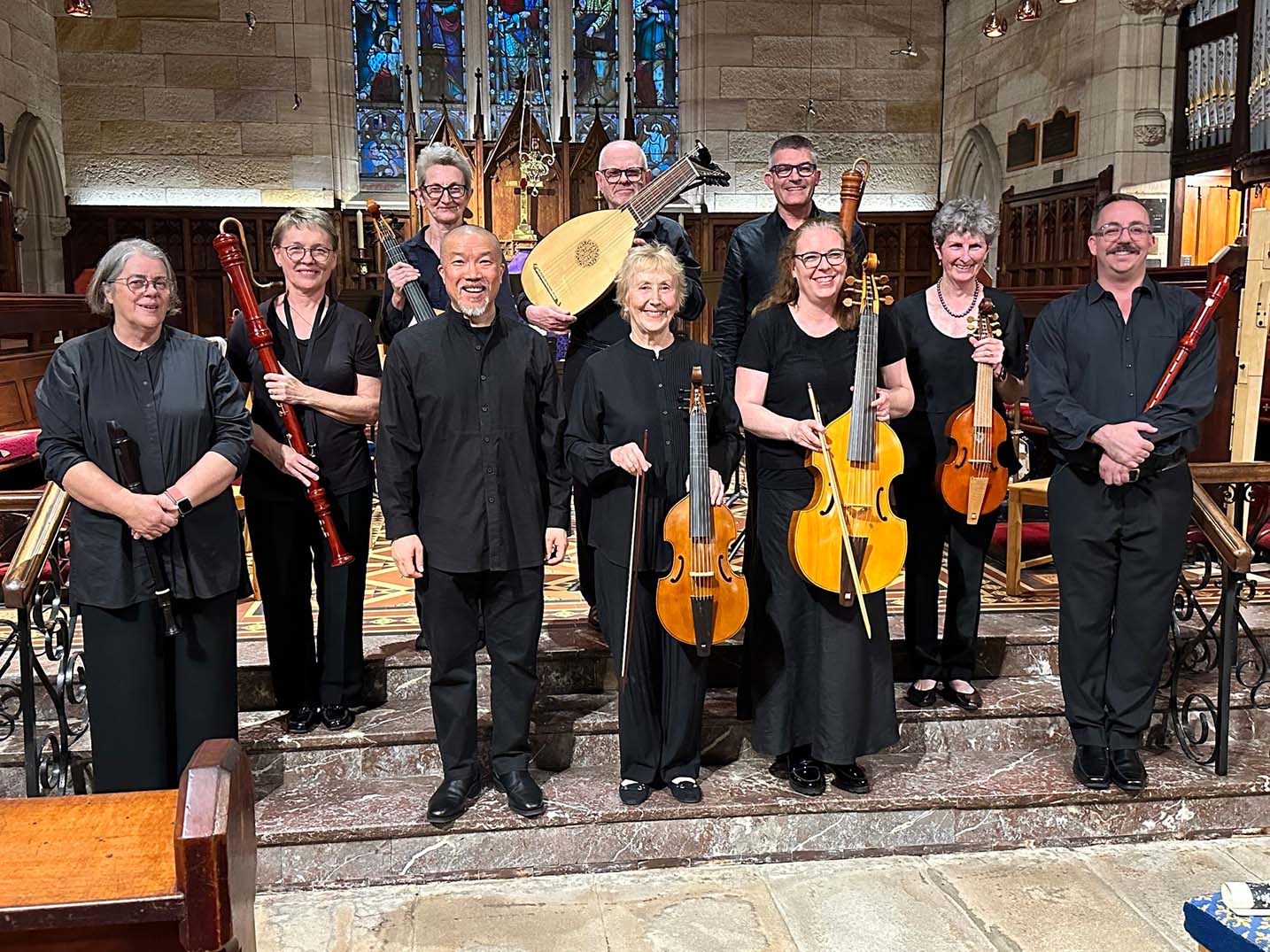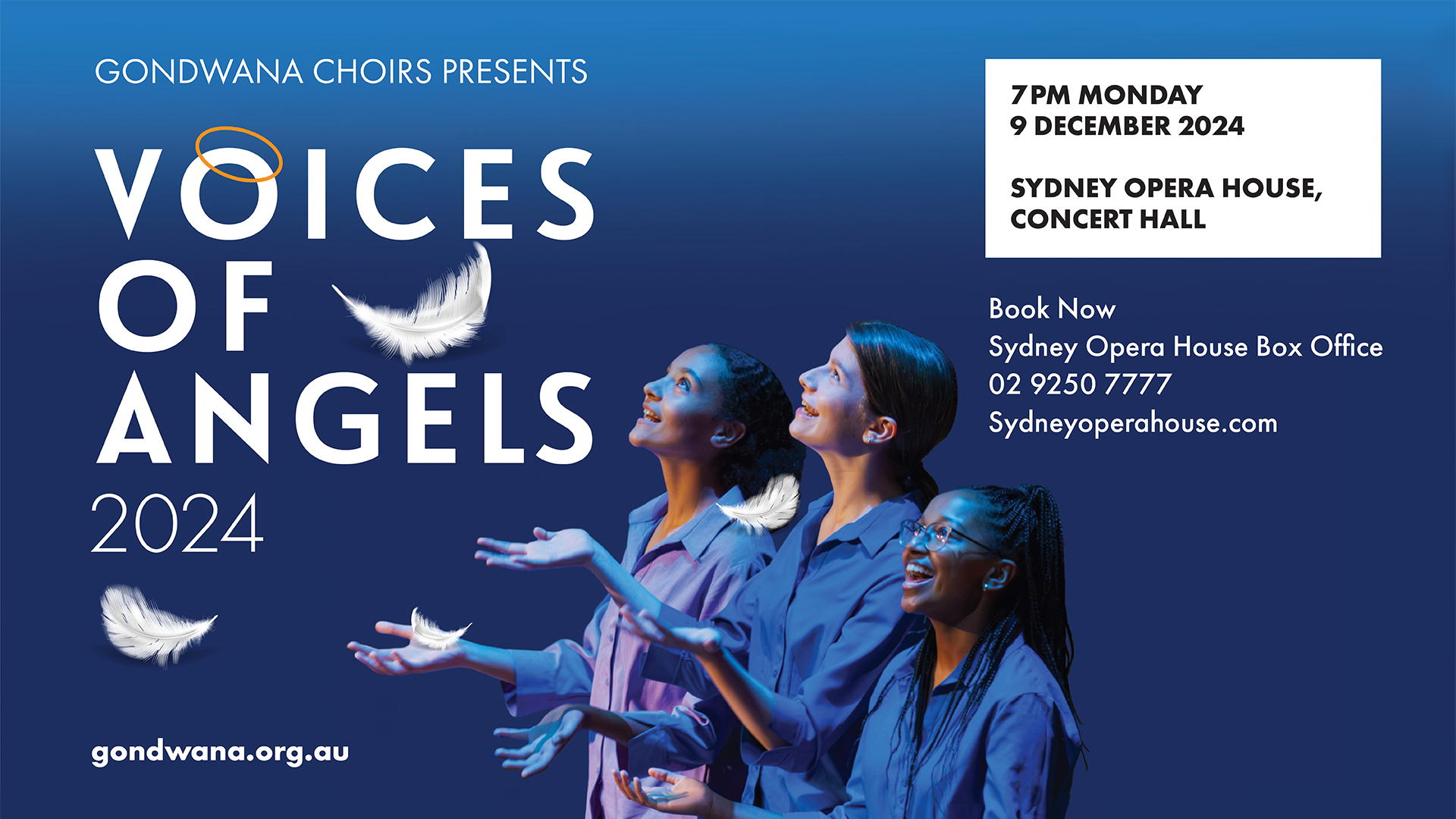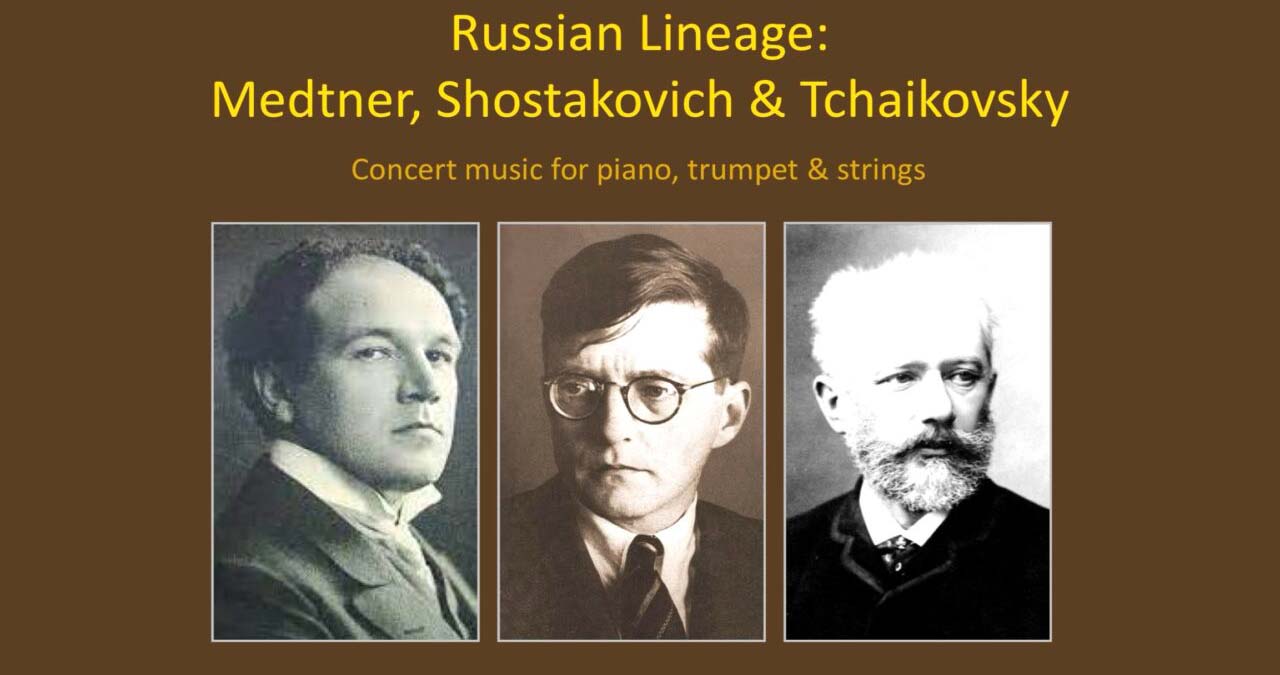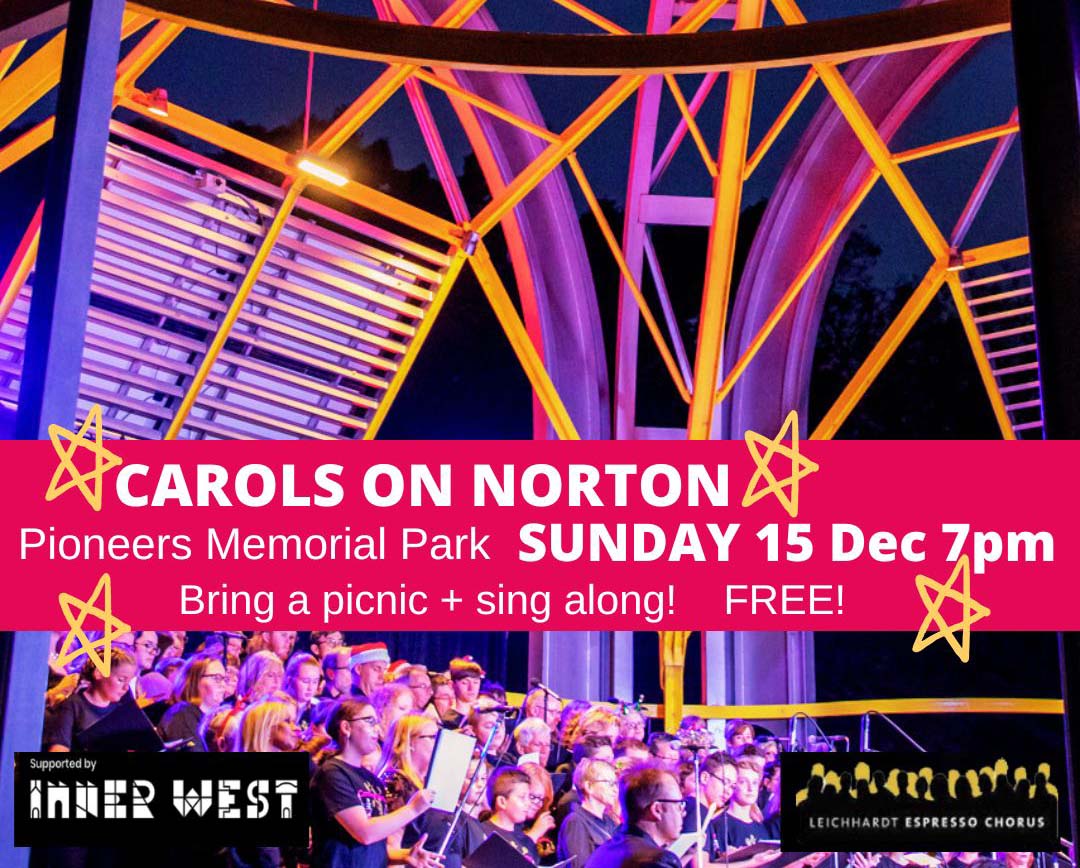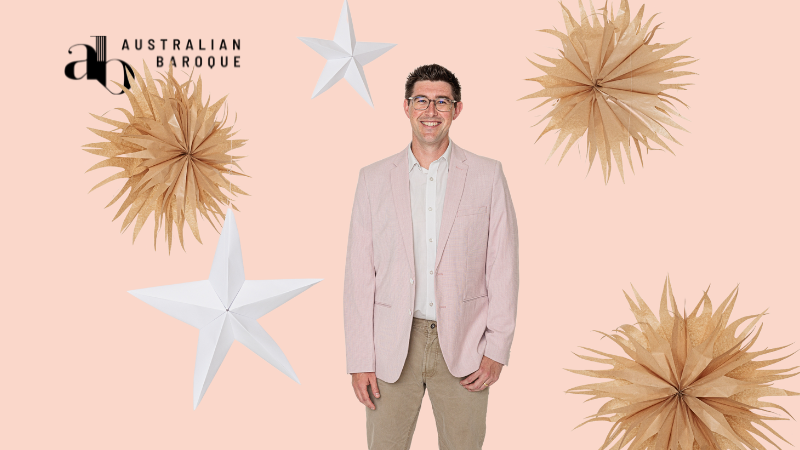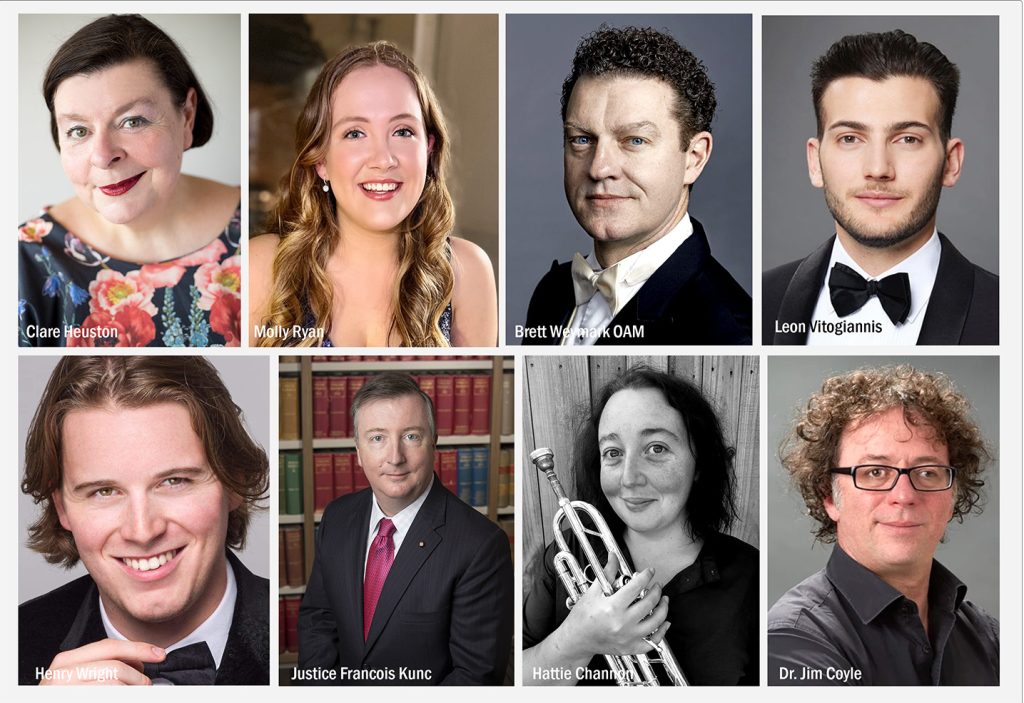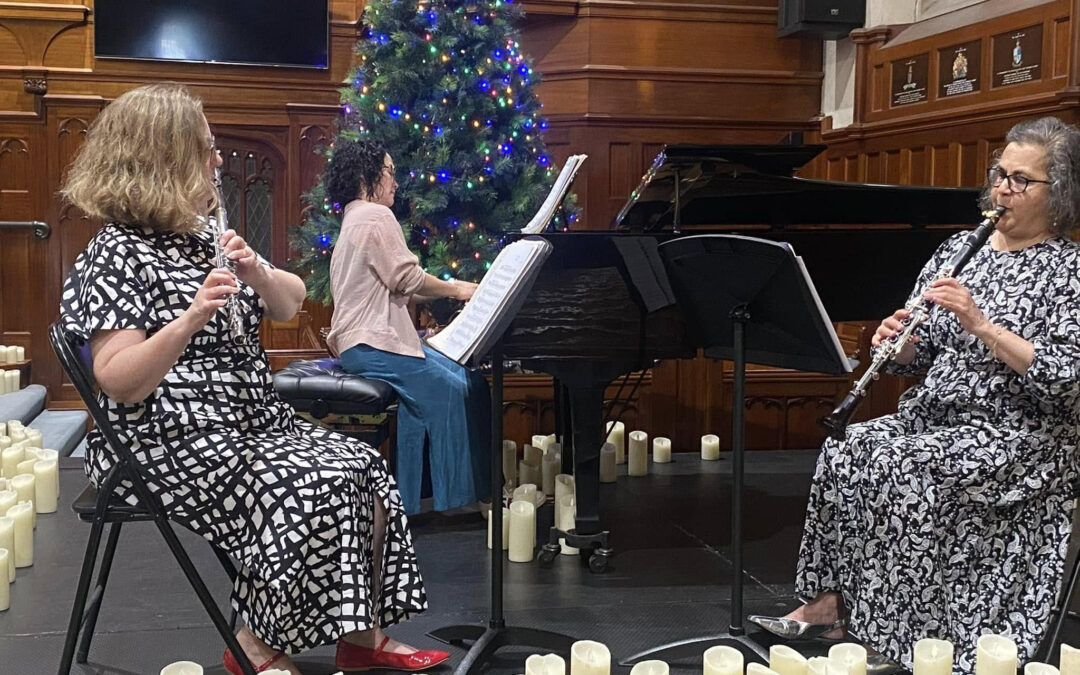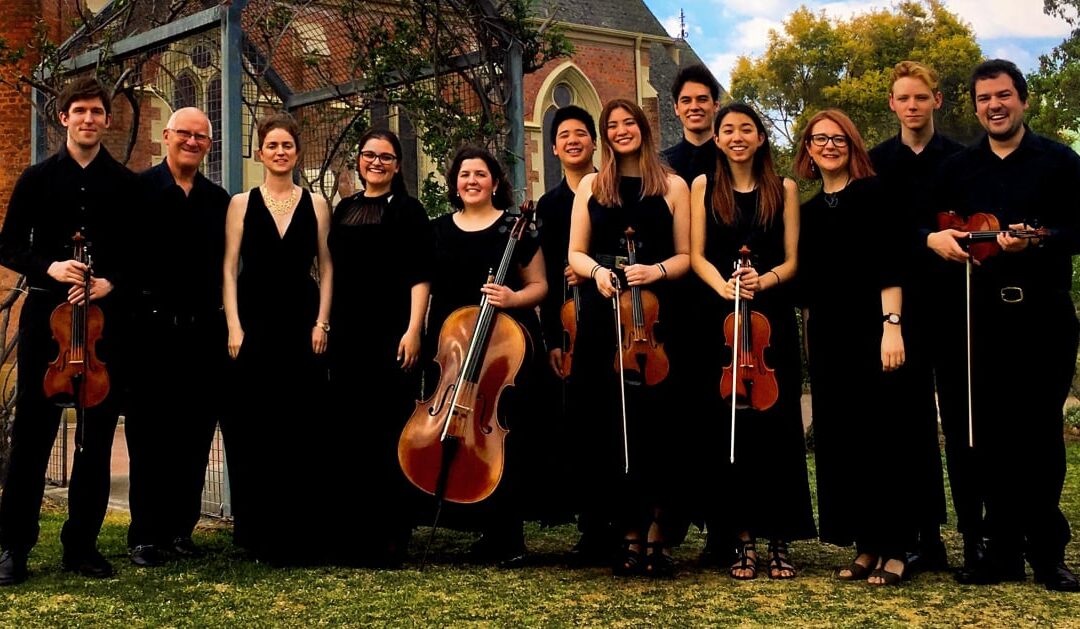How better to spend a rather chilly, drizzly, overcast Saturday afternoon in Sydney than to attend a concert given by the Australian Haydn Ensemble (AHE), a group specialising in historically-informed performances of late Baroque and early Classical music on period instruments.
All three works were arranged for a streamlined ensemble consisting of two violins, two violas, cello, double bass, flute, and fortepiano.
The highlight was the premiere of Beethoven’s well-known Piano Concerto No 5 in E-flat Op 73 “Emperor”, arranged for chamber orchestra by Vi King Lim in 2016 and played by Professor of Historical Performance at the Sydney Conservatorium, Dr Neal Peres da Costa, on a Paul McNulty replica of a Conrad Graf fortepiano favoured by Beethoven himself. This was the final work in the collaboration between Peres da Costa and the AHE of historically-informed performances of chamber versions of all five Beethoven Piano Concertos over the past five years.
The fullness and diversity of sound associated with a modern piano and a modern orchestra comprised of many different instruments in a piece as powerful as the Emperor Concerto was replaced by clean melodic lines from the violins and fortepiano accompanied by a resonant depth of sound from the lower strings and brilliant wind textures from the flute.
In addition, the use of various nineteenth century piano-playing techniques such as tempo modification including note lengthening, left-right hand dislocation, and chordal arpeggiation by Peres da Costa provided greater expression. The use of the una chorda pedal, one of four pedals on this particular fortepiano, also contributed to the range of dynamic and expressive possibilities.
The concert commenced with the Australian premiere of Mozart’s Overture to The Magic Flute K620, arranged by Italian composer/musician Masi in 1800. Not long after the opening three chords, the second violin played a short delightful melody followed in turn by the first violin, viola I/cello, and viola II/double bass, to provide a fugal effect.
After Interval came Mozart’s three-movement Symphony No 38 K504 “Prague”, arranged by Cimador, also in 1800. The first movement was lively and bright after the Adagio beginning, the second movement Andante in the subdominant key was lyrical, and the third movement Finale (Presto) was simply exhilarating, a great way to finish!
Review for:
![]()
Australian Haydn Ensemble: Beethoven’s Emperor | 2:30pm Saturday 14 October, 2017 | Sydney Opera House, Utzon Room
![]()


